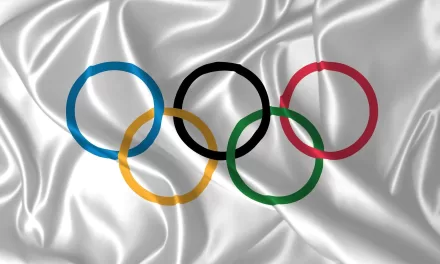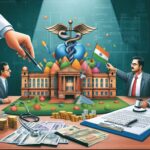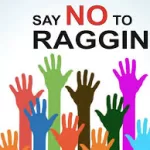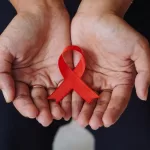Social media platforms like Twitter have emerged as powerful tools for communication during extreme weather events, offering real-time updates and facilitating support networks. A recent study led by Omar Pérez Figueroa, an urban and regional planning professor at the University of Illinois Urbana-Champaign, sheds light on the pivotal role of Twitter during Hurricane María’s devastation of Puerto Rico in 2017.
Published in the Journal of Environmental Studies and Sciences, Pérez Figueroa’s research delves into the dynamics of social media usage during natural disasters, with a focus on how marginalized communities navigate environmental inequalities, water governance, and disaster resilience.
Analyzing a dataset of over 2,000 tweets spanning from pre-landfall to six months post-storm, Pérez Figueroa explored the timing and geographic distribution of Twitter activity surrounding Hurricane María. The findings revealed distinct patterns, with a surge in tweets preceding landfall and subsequent peaks coinciding with significant events, such as the deletion of disaster statistics by the Federal Emergency Management Agency (FEMA).
While the collapse of Puerto Rico’s power grid posed challenges, Pérez Figueroa noted that Twitter’s accessibility, even under disaster conditions, enabled individuals to share critical information, seek assistance, and document the unfolding crisis. Three main categories of tweets emerged: updates on ground conditions, socio-political analysis of the disaster’s causes, and emotional messages seeking aid or solidarity.
Importantly, social media served as a platform for grassroots recovery efforts, amplifying calls for government accountability and fostering solidarity among affected communities. Pérez Figueroa emphasized the role of social media in raising awareness and mobilizing support, particularly for vulnerable populations grappling with limited communication resources.
Beyond immediate response efforts, Pérez Figueroa underscored the long-term implications of social media in disaster resilience, advocating for enhanced preparedness and recovery strategies informed by insights gleaned from digital communication platforms. The study also laid the groundwork for refining frameworks to analyze disaster social media communication, offering valuable insights for public health and disaster response organizations.
Looking ahead, Pérez Figueroa identified avenues for future research, including the interplay between traditional media and social media narratives, the influence of digital discourse on emergency responders and policymakers, and the socio-economic dynamics shaping social media usage during crises.
As hurricanes and other disasters become increasingly frequent, Pérez Figueroa’s work highlights the growing significance of social media as a lifeline for communities in times of need, underscoring the urgent need for comprehensive strategies to harness its potential for disaster resilience.












